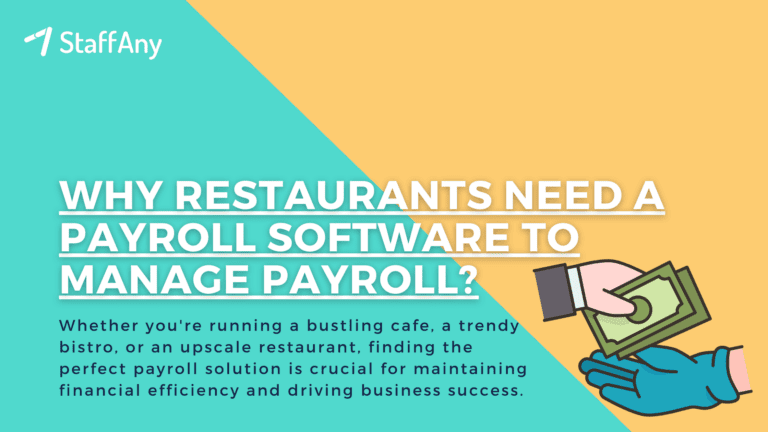Recruiting top talent is crucial for any organisation’s success. To achieve this, companies must have a well-structured recruiting process flow in place. A streamlined and efficient recruiting process ensures that the right candidates are identified, assessed, and ultimately selected for the job.
In this article, we will delve into the essential aspects of the recruiting process flow, highlighting the steps involved and providing valuable tips for improving the overall recruitment process. Let’s get started!
What is the Recruiting Process?
The recruiting process is the systematic approach used by organisations to attract, assess, and select candidates for employment. It involves several stages, from identifying the need for a new hire to onboarding the selected candidate. The process aims to match the right talent with the right job, promoting long-term employee engagement and organisational growth.
Read more: 11 Top Recruitment Methods to Find Top Talents
The 5 Steps in the Selection Process
The selection process constitutes the core of the recruiting process flow. Each step plays a crucial role in determining the best-suited candidates for the available positions.
1. Job Analysis and Planning
The first step in the recruiting process flow is conducting a comprehensive job analysis. This involves understanding the job’s requirements, responsibilities, and necessary skills. Hiring managers and recruiters collaborate to define the ideal candidate profile and create a detailed job description.
By accurately defining the job’s expectations, the hiring team can attract candidates who possess the required qualifications.
2. Sourcing and Attracting Candidates
Once the job description is finalised, the next step is to attract potential candidates. This is achieved through various channels, such as job portals, social media, professional networks, and employee referrals. By spreading the word about the job opening effectively, recruiters can maximise the candidate pool and find top talent.
3. Screening Resumes and Applications
With numerous applications pouring in, it is essential to screen each resume and application thoroughly. The screening process involves matching candidates’ qualifications, experience, and skills against the job requirements. This helps shortlist the most suitable candidates for the next stages of evaluation.
4. Interviewing Candidates
The interview stage is a critical step in the recruiting process flow. Interviews allow recruiters and hiring managers to assess candidates’ interpersonal skills, cultural fit, and overall suitability for the role. There are different types of interviews, such as behavioural interviews, technical interviews, and panel interviews, which provide a comprehensive understanding of each candidate’s capabilities.
5. Selecting and Onboarding
After completing the interviews, the final step in the selection process is selecting the best candidate for the job. The selected candidate receives an offer letter, and upon acceptance, the onboarding process begins. Onboarding ensures a smooth transition for the new employee, providing necessary training and acclimatising them to the organisation’s culture and values.
Read more: The Importance of Human Resource Planning in Business
8 Ways You Can Improve Your Recruiting Process Flow
Efficiently managing the recruiting process flow is vital for any organisation striving to attract and retain top talent. To optimise your recruitment efforts and ensure you secure the best candidates, consider implementing the following strategies:
1. Optimise Job Descriptions
A well-crafted job description is the foundation of effective recruitment. Ensure that your job descriptions are clear, concise, and accurately outline the roles and responsibilities of the position. Incorporate relevant keywords like “recruiting process flow” to improve online visibility and attract candidates who align with the job requirements.
2. Embrace Technology
Incorporate modern recruitment tools and software into your process. Applicant Tracking Systems (ATS) can help streamline candidate management, automate application screening, and simplify the overall hiring workflow. Video interviews can be utilised to conduct initial candidate assessments efficiently, especially for remote or international applicants.
3. Build a Strong Employer Brand
A compelling employer brand can set your organisation apart from competitors and attract top talent. Showcase your company’s values, culture, and benefits in recruitment marketing efforts, career websites, and social media platforms. Prospective candidates are more likely to be interested in an organisation that demonstrates a positive and engaging work environment.
Read more: 10 Effective Strategies for Managing Diversity in the Workplace
4. Foster Employee Referrals
Encourage current employees to refer potential candidates from their networks. Employee referrals often result in high-quality hires who are a good fit for the company culture. Offer incentives or rewards to employees who successfully refer candidates, as this can boost employee engagement and strengthen recruitment efforts.
5. Conduct Structured Interviews
Implementing structured interviews with standardised questions ensures fairness and consistency throughout the hiring process. Develop interview guides that assess both technical skills and cultural fit. This approach allows for better comparison between candidates and helps in making well-informed hiring decisions.
6. Offer Competitive Compensation Packages
Salary and benefits play a significant role in a candidate’s decision-making process. Research industry standards and offer competitive compensation packages to attract top talent. Make sure the salary and benefits align with the candidate’s qualifications and the demands of the position.
7. Provide Timely Feedback
Effective communication is essential during the recruiting process. Provide timely feedback to candidates at every stage, keeping them informed about the progress of their application. Even if a candidate is not selected, constructive feedback can leave a positive impression and foster goodwill between the candidate and the organisation.
Read more: Employee Turnover Rate: Measuring and Reducing
8. Monitor and Analyze Recruitment Metrics
Tracking key recruitment metrics allows you to assess the effectiveness of your recruiting process flow. Measure metrics like time-to-fill, cost-per-hire, applicant sources, and candidate retention. Analysing these data points provides valuable insights into potential areas of improvement and helps refine your recruitment strategy.
In conclusion, mastering the recruiting process flow is pivotal for organisations seeking to attract exceptional talent and foster sustainable growth. By following the five fundamental steps in the selection process and implementing the eight valuable ways to enhance your recruitment practices, you can elevate your hiring process to new heights.
Remember to continuously fine-tune your strategies, monitor key metrics, and adapt to the changing dynamics of the job market.
As you embark on this journey towards building a strong and motivated workforce, consider utilising StaffAny’s applicant tracking system. With StaffAny, managing job postings and finding the perfect candidate becomes a seamless experience, allowing you to bid farewell to recruitment hassles and welcome a streamlined hiring process.
Embrace these improvements, and watch your organisation thrive with a talented and dedicated team ready to take on any challenge that comes their way!











